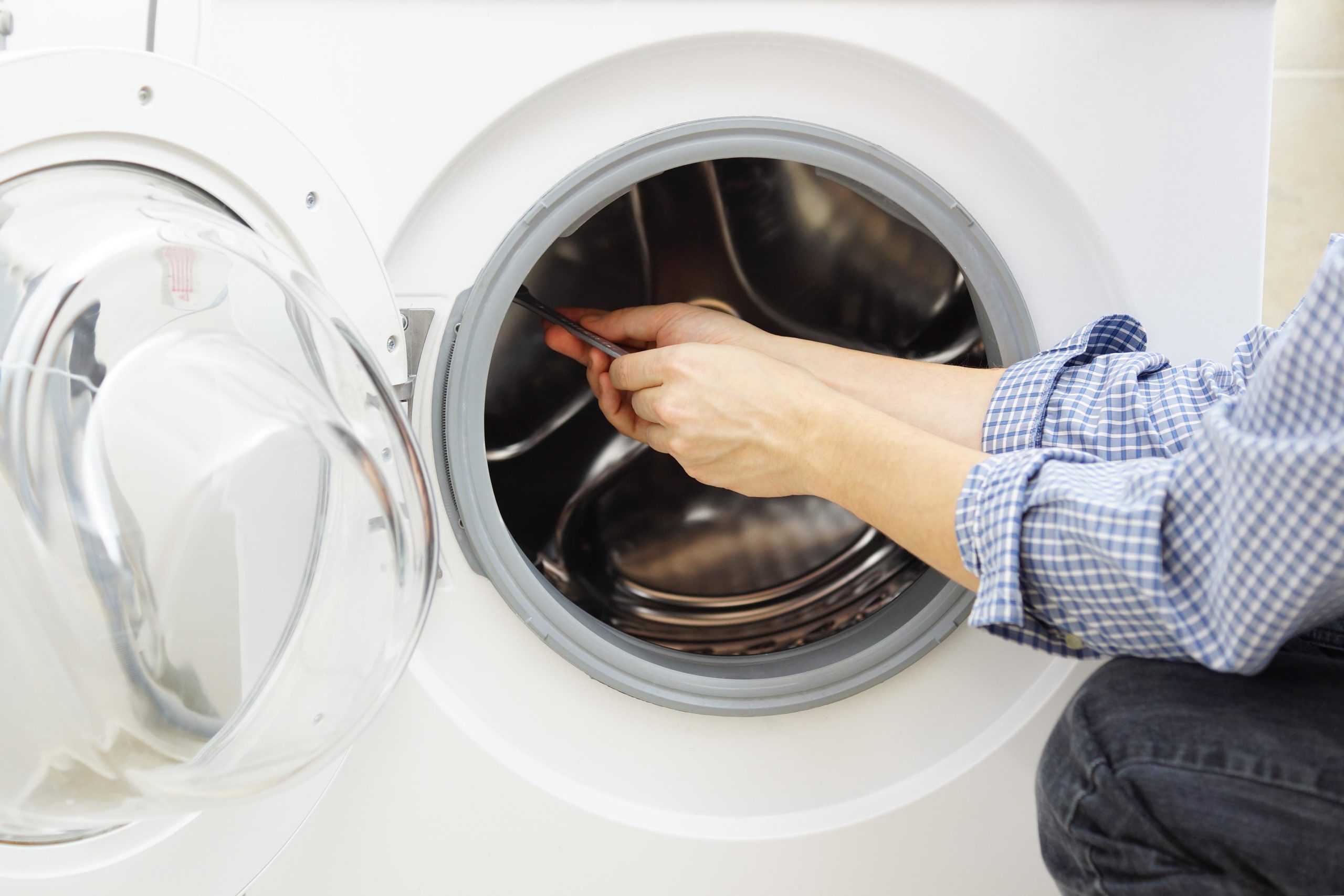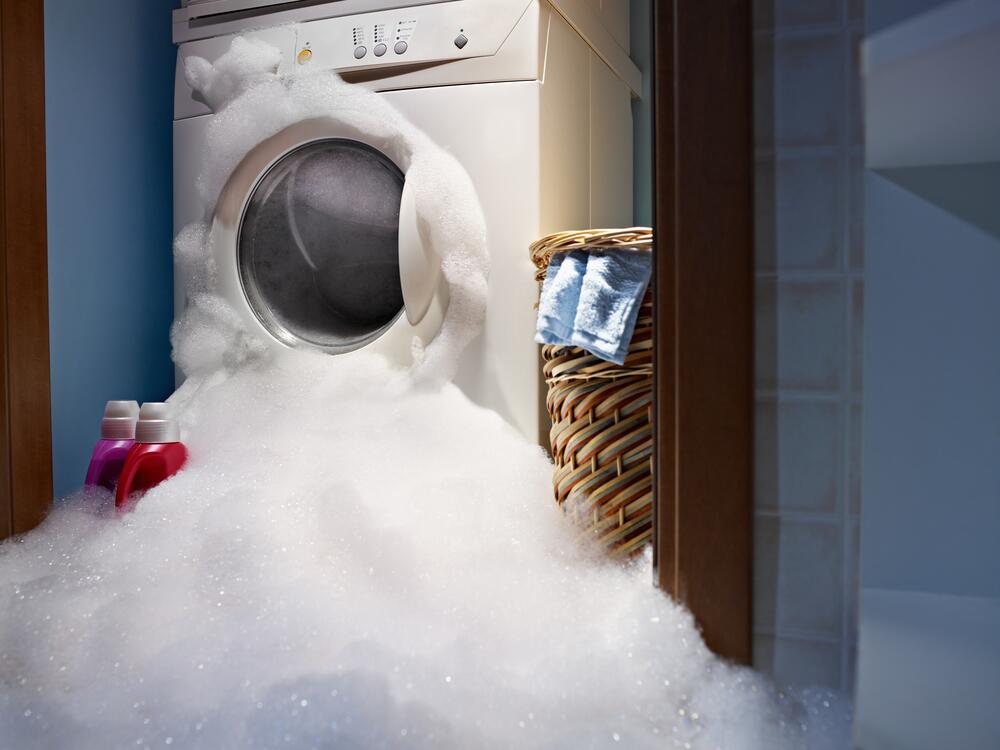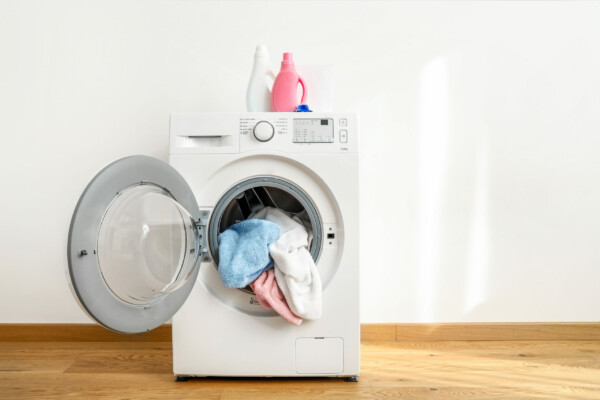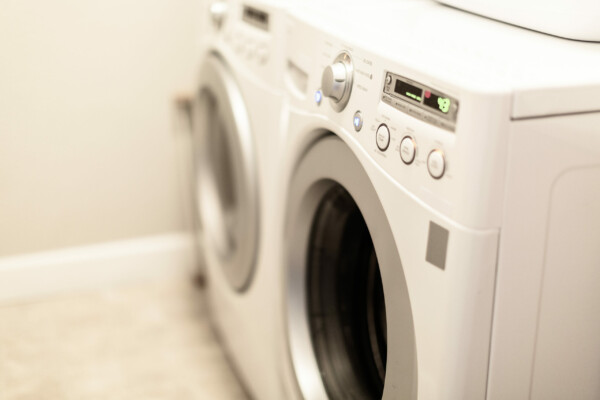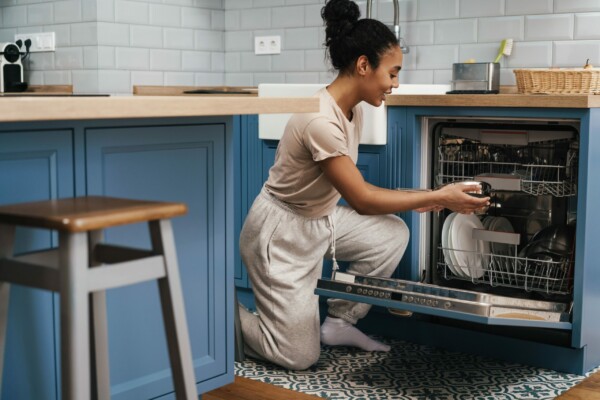-
Factory Certified
Licensed technicians with over 15 years of experience
-
TSSA Gas Contractor
Fully certified in gas appliances service, repair & installation
-
Complete Warranty
Each repair is covered by service and parts warranty
-
Authorized Repair
Authorized service centre for most appliance manufacturers
Reasons Why You’re Experiencing Washing Machine Overflows
While we outline the common causes below that could be behind a washing machine water overflow, it’s important to note that there could be other factors contributing to your issue. This list is not exhaustive but serves as a useful starting point.
Low water supply is leading to a problem with washer drain overflowing
Water pressure plays a crucial role in various everyday scenarios, and a washing machine water overflow is no exception. If the water pressure in your pipes is inadequate, the water inlet valve won’t receive the signal to shut off, allowing water to overflow. Typically, the water pressure from your municipal pipes to the washing machine should be at least 20 PSI to ensure the proper functioning of the water inlet valve.
This issue is prevalent in older homes where the plumbing wasn’t initially designed for our larger modern appliances. Even in cases where an older home does have adequate water pressure, aged and/or leaking pipes may be the underlying cause of pressure problems.
Pressure switch contributing to washing machine drain overflow
Despite the appearance of complexity in modern washing machines with their integration of computers and smart technologies, the fundamental operation remains relatively unchanged. These appliances perform their tasks using a combination of valves, switches, and moving parts.
The pressure switch on your washing machine, a component that hasn’t undergone significant changes, is crucial to this process. It is responsible for stopping water flow to the water inlet valve once the desired water level is reached. If the pressure switch malfunctions, the water inlet valve will persist in supplying water, resulting in an overflow.
The water inlet valve is causing a washing machine to overflow
We’ve already talked about the water inlet valve briefly during our discussion of the pressure switch. They both play an important role in regulating the amount of water that moves through your washing machine. It’s not unusual for people to confuse these two parts because of their integrated nature, but they’re distinct pieces in your washing machines system.
The water inlet valve is the direct feed of water to your washing machine. If it isn’t working correctly you will get overflows and that can mean trouble with extensive water damage. A good way to test if the water inlet valve is working is to disconnect the power to your machine while it’s filling. If the power cut doesn’t stop the water flow you have a problem with the water inlet valve.
How to Repair a Washing Machine Standpipe Overflow
If one of the potential causes we’ve identified above appears to be the culprit, read on for repair suggestions related to these issues. Remember, if you’re not comfortable taking on these repairs yourself contact a professional for help.
Enhance the water flow to your washing machine
If you suspect that insufficient water pressure is behind your washing machine overflow, a simple solution may be at hand. Check for visible wear on the hoses connecting your machine to the water source; worn-out hoses often necessitate replacement, as leaky hoses can result in significant damage.
Before proceeding, consult your manufacturer’s specifications to ensure you purchase the correct-sized replacements. Disconnect both the hot and cold water supply before attempting to replace the hoses. When removing the old hoses (you might need a wrench for this), keep a bucket nearby just in case. Finally, securely fasten the new hoses in place and turn the water back on.
Replace a faulty pressure switch that’s causing your washer to overflow
If you’ve pinpointed the pressure switch as the culprit behind your washing machine overflow, it is possible to rectify the issue yourself. However, bear in mind that this isn’t a straightforward repair. If you lack confidence in your DIY skills, it might be prudent to seek professional assistance.
The location of the pressure switch on your washing machine will vary depending on whether you have a top load or front load machine. It’s located behind the water level control knob on your machine. You’ll need to remove this knob and the panel of your control panel to gain access to the pressure switch.
Before you can remove the pressure switch to replace it you’ll need to remove the air hose connected to the pressure switch. Once you have the new switch installed make sure to reinstall the control panel and the water level knob before using the machine again.
Remove and change a water inlet valve that’s causing washing machine overflow
The water inlet valve stands as a crucial element in your appliance. If you’re certain that it’s the cause of your overflow problems, a replacement is necessary. For a top-load washing machine, lifting the lid is essential to gain access to the internal mechanisms where the inlet valve is situated.
Before you do this, make sure to cut the power supply to your machine. Once that’s done, disconnect hot and cold water. Next, you’ll need to remove the screw that holds the fill valve in place. Then you should be able to lift the fill hose that the valve is connected to out of the machine.
Be sure to remove all wires before removing the old valve. Once you have the new valve in place follow the process in reverse to put it all back together.
Fix Appliances Can Help if Your Washer Drain Keeps Overflowing
If you experience washing machine suds overflow or your washing machine starts overflowing water, shut off its water supply and contact Fix Appliances for professional washer repair services if you’re not comfortable with DIY repairs. We have more than 15 years of experience servicing all major appliance brands and our technicians are factory trained to easily identify the cause of the problems.
We offer fast reliable service when you need us. Our customer service team will help get you started by asking a series of common questions and then our professional repair technicians will take it from there. Contact us by phone at 1-888-242-0777 to set up a service call or fill the request service form.
